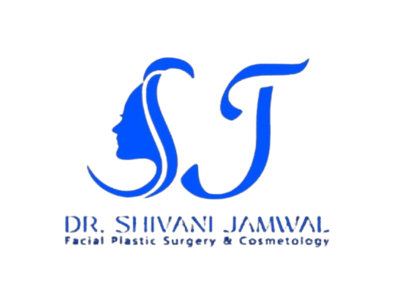+919113043886

This is your website preview.
Currently it only shows your basic business info. Start adding relevant business details such as description, images and products or services to gain your customers attention by using Boost 360 android app / iOS App / web portal.
Description
A facelift, also known as rhytidectomy, is a cosmetic surgical procedure designed to address signs of aging in the face and neck. It involves lifting and tightening the facial tissues to create a more youthful and rejuvenated appearance. Here's an overview of the facelift treatment process: Consultation: The process begins with a consultation with a board-certified plastic surgeon or a facial plastic surgeon who specializes in facelift procedures. During the consultation, the surgeon assesses the patient's facial features, discusses the patient's goals, and evaluates the degree of facial aging. Medical Evaluation: The surgeon conducts a thorough medical evaluation, including a review of the patient's medical history, any medications taken, and any existing medical conditions. Diagnostic imaging, such as photographs, may be used to analyze the current state of the face and neck. Treatment Planning: Based on the patient's goals and facial anatomy, the surgeon develops a personalized treatment plan. The plan may involve determining the appropriate technique for lifting and tightening facial tissues, addressing sagging skin, and achieving natural-looking results. Preoperative Instructions: Before the surgery, the patient receives preoperative instructions, which may include guidelines on medications to avoid, fasting requirements, and any necessary preparations for the recovery period. Anesthesia: Facelift surgery can be performed under local anesthesia with sedation or general anesthesia, depending on the extent of the procedure and the patient's preference. Incisions: The surgeon makes incisions strategically placed within the hairline or around the ears to minimize visible scarring. The choice of incision type depends on the surgical goals, the extent of correction needed, and the surgeon's technique. Tissue Adjustment: Excess skin is removed, and underlying facial tissues are lifted and repositioned to address sagging. Muscles may be tightened, and fat may be redistributed to restore facial volume. Sutures and Dressings: The incisions are closed with sutures, and the surgeon may use dressings or bandages to support the healing process. Postoperative Recovery: After the surgery, patients are monitored in a recovery area until they are stable. Swelling, bruising, and discomfort are common and can be managed with prescribed medications and cold compresses. Patients are advised to avoid strenuous activities and follow postoperative care instructions for optimal healing. Follow-up Appointments: Follow-up appointments are scheduled to monitor the healing process, remove any sutures or dressings, and assess the early results. Patients are provided with postoperative care instructions, including guidelines on skincare, activities to avoid, and any specific instructions for scar care. Long-Term Results: The final results of a facelift become more apparent as swelling subsides and the tissues heal. Patients can expect a more lifted and rejuvenated appearance, with improvements in facial contours, jowls, and neck laxity.

